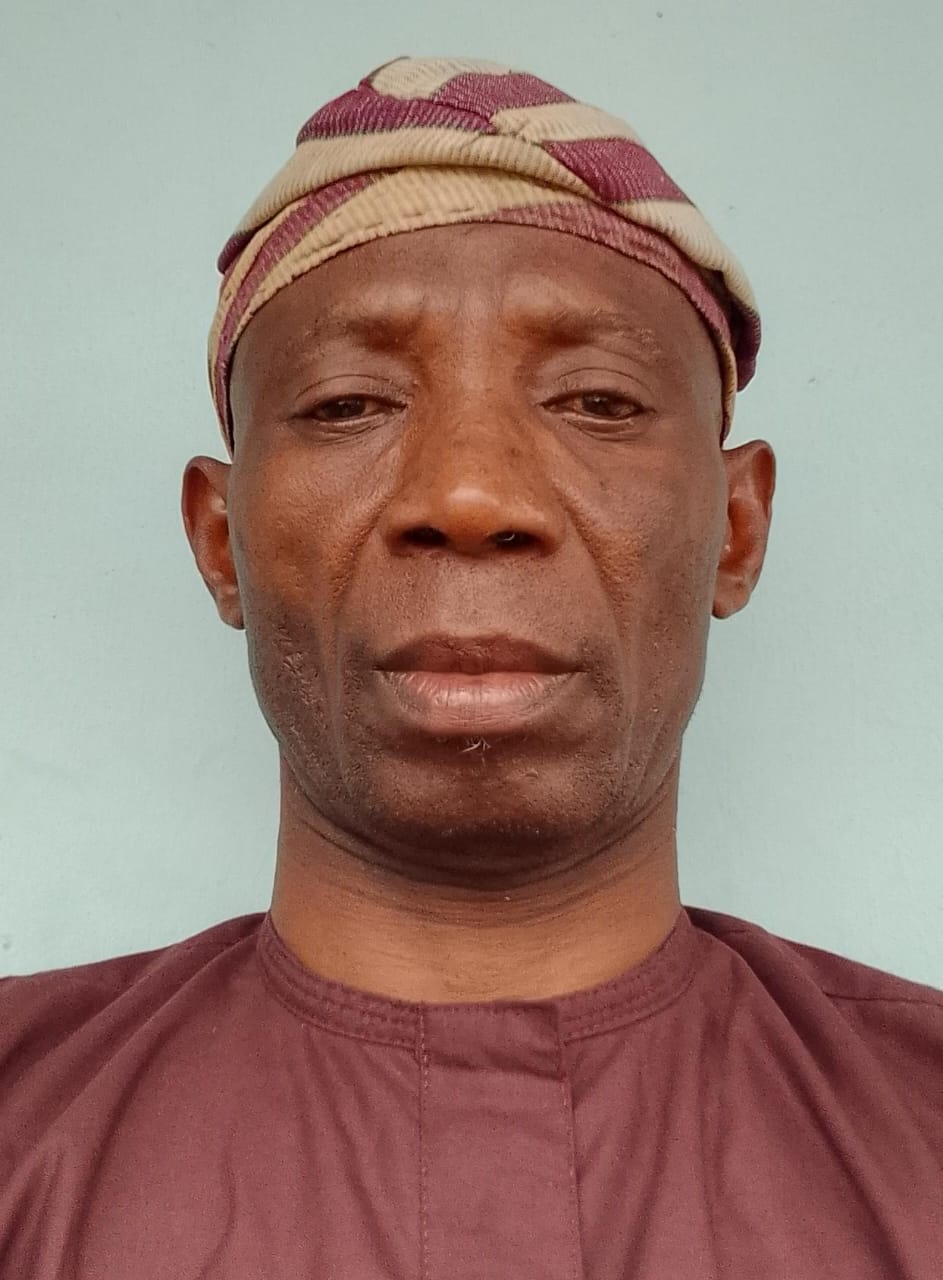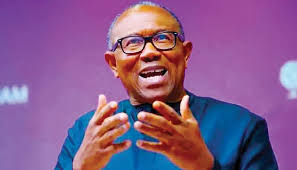Olawale Folarin, PhD
Centre for Environmental Research Education Awareness & Strategies
Email: folaheman@gmail.com
In his book The Quiet Limit of the World: A Journey to the North Pole to Investigate Global Warming (1997), Wayne Grady detailed an unsettling account of how climate change fiercely announced itself to the United States through an extreme weather event known as the Great Flood of 1993. It was a flood that devastated the Midwestern US with tens of thousands of homes were damaged, 50 lives lost, millions of hectares of farmlands including crops ravaged, and homes and public infrastructure left in ruin. The cost of all damages at the end was estimated to be 15 billion dollars. The rainfall that led to the flooding event was record-breaking with heartbreaking impacts. Few years before the devastation, Dr. James Hansen, a leading climate scientist from NASA, particularly warned the U.S. about climate change. His warning was possibly dismissed as a myth or a distant danger and nothing looming.
Across Africa, the earth has been sending distress signals. From the declining glaciers of Mount Kilimanjaro to the shrinking shores of Lake Chad, the continent is facing emerging and growing climate risk. In my research, The Climate Crisis in Africa and Pathways to Sustainability – A Review, recently published by the Academy Journal of Science and Engineering Volume 19(1), the numbers tell a compelling story of existing crisis situation. Back-to-back droughts have left 58 million people in East Africa facing starvation. Coastal cities like Lagos and Dar es Salaam are facing the threat of rising tides, with projections showing that over 100 million people in Africa could be displaced by rising sea levels by 2030. In the hinterland, incessant conflicts between crop farmers and herders, fueled by vanishing grazing land in the savanna, have turned, claiming thousands of lives.
Africa’s carbon footprint is growing. Chronic electricity shortage in many African countries is driving emission as industries, businesses and households rely on generators powered by fossil fuel. Corruption is playing a big role as a key contributor to carbon emissions and climate change. Illegal deforestation thrives with the help of corrupt officials, while many environmental regulators turn a blind eye to industrial pollution in exchange for kickbacks. Climate funds are mismanaged, and vehicle inspection officers accept bribes to let highly polluting, unfit vehicles remain on the roads.
In spite of these challenges, the pathway to sustainability is clear and solutions are within reach. Governments, businesses, and communities need to act decisively to minimise or eliminate the causes. It is noteworthy that Africa has some of the world’s best solar potential, which can be easily harnessed as alternative energy sources. Morocco’s Noor Ouarzazate Solar Complex, one of the largest solar farms in the world, shows this is possible.
Beyond mitigating climate crisis, the health benefits of low or zero carbon emission are astounding. Therefore, while the world’s biggest polluters are expected to significantly cut emissions, Africa must also embrace show responsibility and commitment to having low-emission community.









